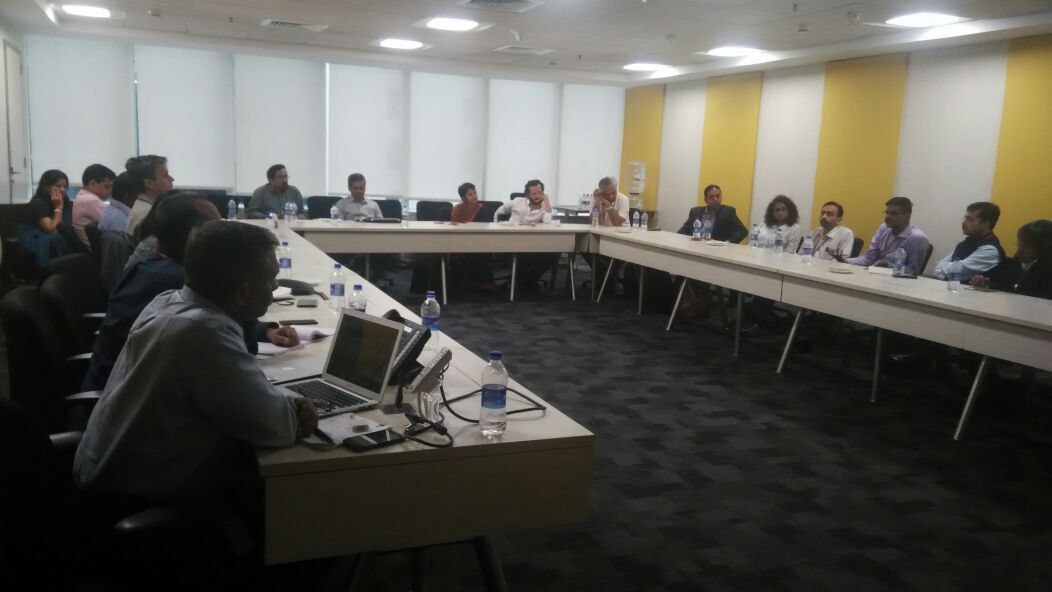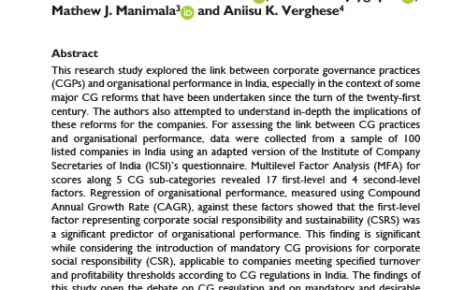Volunteering today is considered an important employee engagement and retention strategy although there continues to be skepticism in organizations about productivity and performance. Apart from the positive sentiments that employees have of a socially conscious employer volunteering is known to build leadership skills and enhance confidence adding value to individuals and society overall. However, are we truly tapping the power of volunteering?
My sense is that we often pitch volunteering low in the scheme of corporate social responsibility actions and changing the perception is a key challenge. Volunteering is defined as “activities performed willingly and without pay to produce goods or provide services for others outside the volunteer’s household or family.” It can be via an organization or directly – in a personal capacity. There are views that volunteering isn’t meant for everyone and that sustaining interest over time is exhausting for leaders and managers. Organizations sometimes aren’t aware of which interventions will influence volunteering the most – time-offs, training, leadership support, manager motivation, rewards and recognition, the range of opportunities or grants among others. Add to that, there is a perception that employees need more and more options to volunteer because they get ‘bored’ doing the same actions. Time is a deciding factor and micro-volunteering is in vogue for those who can do a little bit of volunteering.
Is volunteering needed for volunteering sake? Can companies combine forces and resources to make a higher order impact on society through volunteering? How can organizations increase employee volunteering and involvement? What can convince managers that socially engaged employees are helpful for the business?
– Make volunteering simple and fulfilling: Non-profits do see a big need for volunteering and in a study, for example, about 83% respondents ‘agreed’ that skilled volunteers could provide their organization with access to professional skills which they otherwise wouldn‘t have access to. Likewise, a majority of organizations suggested that they need skilled volunteer support and the top 3 areas were fundraising, program and technology development. What is however needed is to match what the industry can offer with non-profits need. Employees are more inclined to volunteer in groups and prefer when the opportunities are offered by their workplace, allow their friends and families to be involved and provide avenues to a network.
– Understand your employees better: Not knowing your employees’ orientation to volunteering can limit their utilization. Are employees purpose driven, career driven or socially driven can help organizations devise volunteering programs that cater to these specific needs. Employees volunteer for various reasons – it meets a higher order goal, they feel empowered in bringing change, find meaning in their lives, see it as opportunities to gain skills or build networks among others. Therefore positioning and messaging play a big part of how effective volunteering can be. If the messaging is right, you have more chances of roping in committed employees. Companies have also begun reporting employee volunteering because it improved engagement and job satisfaction. In a report on Corporate Sustainability Initiatives Reporting among India’s most valuable companies volunteering emerged as among the major indicator of CSR activities.
– Build a culture of giving: While some countries like the United Kingdom are planning to mandate volunteering by employees as a business requirement organizations may look at this as an opportunity to improve the culture of giving and enhance the perception of volunteering among its people. A giving study discovered that countries such as Myanmar with a culture steeped in generosity ranked the highest on volunteering and contributing to society. What comes out strongly in the report is that even in those countries where there are internal strife and not much to go on the act of giving increased – such as helping strangers, indicative that there is hope in the world. Building a culture of giving will expect organizations to change their ways of engagement with employees with leaders’ role modeling how volunteering is done.
– Help employees gain through learning and development: Volunteers need support to be their best while engaging with non-profits – either through mentoring and training or investing in immersive exercises that expose them to a wide range of experiences. Linking it with learning and development rather than performance will help employees appreciate why they need. Linking it to performance has downsides since employees who view volunteering as related to their careers will show more inclination. Help employees understand and appreciate what they need to unlearn and relearn when it comes to engaging non-profits. Give volunteering a label employees can relate to. For example, in a study on how young people perceive ‘volunteering’ as a topic, it emerged that they didn’t feel it encapsulated their world or the work they did.
– Create a forum for volunteers to exchange ideas: Start early with engaging school children on volunteering. Involve parents and families so that they are more supportive of giving back. Highlighting great stories of employees who have gone the extra mile. Demonstrate commitment to doing good to society. For example, one organization chose an employee with the best track record of volunteering to celebrate an important company milestone delivering a strong message of commitment. Another makes it a point to recognize is founding anniversary with a celebratory give-back event where all employees participate.
– Measure the output of volunteering: When volunteering is measured and output communicated frequently there are more chances that leaders will be more flexible and open to encourage acts of social good. Measurement can be the opportunity cost or the replacement cost – the former related to the time and effort that the individual can do to make profits for the business and the latter is about the impact it has on the recipient or beneficiary. Volunteering rates, engagement levels, and impact estimation are some of the ways to gauge the value of volunteering.
Making the most of the volunteering effort isn’t easy for organizations, even with employees who are inclined to give back their time to causes that matter. Organizations who can help employees raise their own potential through creativity, innovation, and working in an unstructured environment will be able to add value to the world in new and creative ways.
Note: I had the opportunity to participate in Impact 2030: A Roundtable on Volunteering at Bengaluru on March 28, 2017 to consult organizations on the Global Sustainable Goals.



